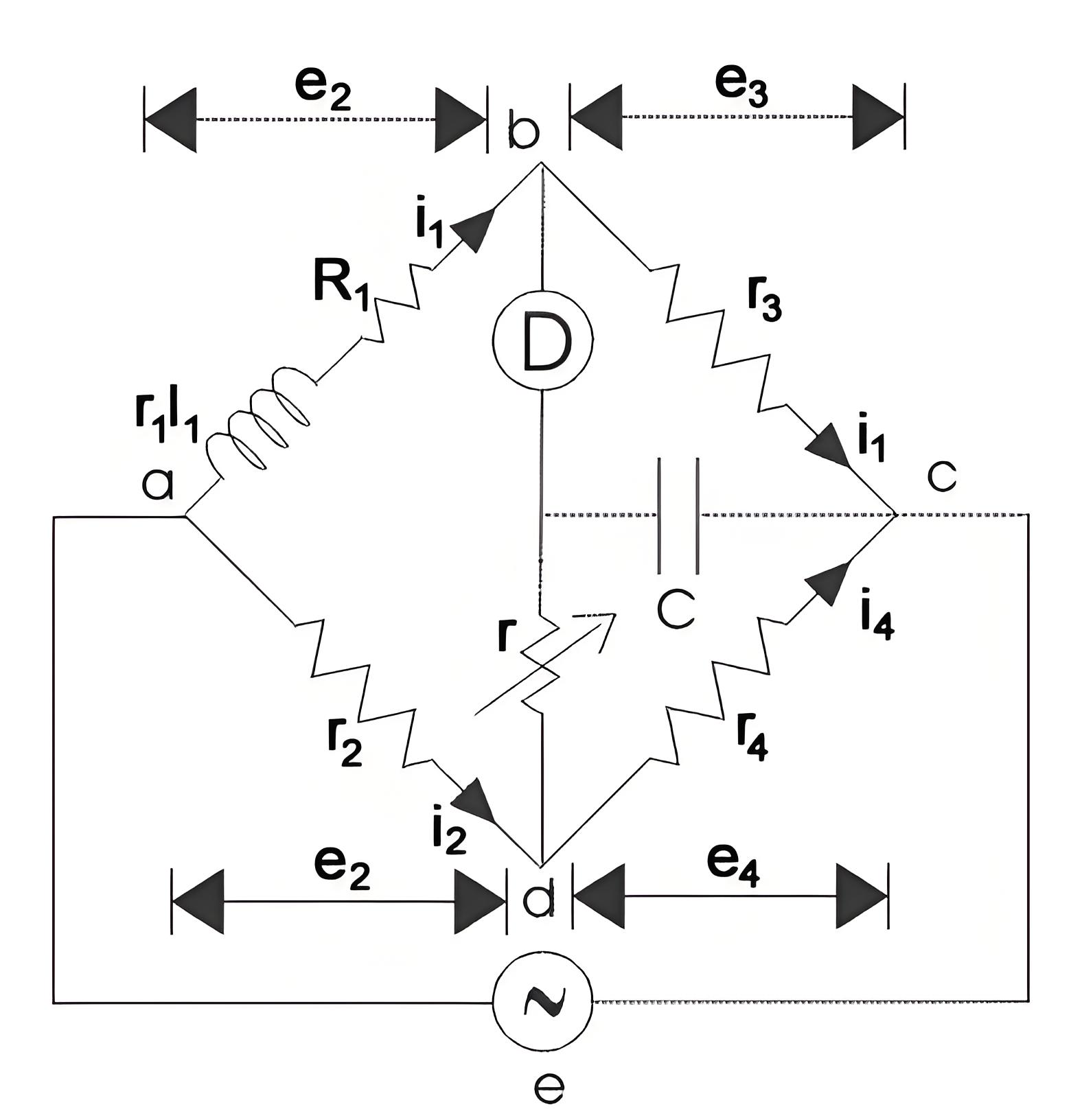What is Anderson’s Bridge ?
What is Anderson’s Bridge ?
Anderson’s Bridge Definition
Anderson’s Bridge is used to measure low-quality factor circuits by comparing known resistance and capacitance values.

Double Balance
It achieves double balance by fixing the capacitance and varying resistance.
High Accuracy
Known for its precision in measuring inductors ranging from micro Henry to several Henry.
Experimental Method
Set the signal frequency, adjust resistances, and use the derived formulas to find the unknown inductance.
Advantages
It is very easy to obtain the balance point in Anderson’s bridge as compared to Maxwell bridge in the case of low-quality factor coils.
There is no need for a variable standard capacitor is required instead of thin a fixed value capacitor is used.
This bridge also gives accurate results for the determination of capacitance in terms of inductance
Disadvantages
The equations obtained for the inductor in this bridge are more complex as compared to Maxwell’s bridge.
The addition of capacitor junction increases complexity as well as the difficulty of shielding the bridge.
The Electricity Encyclopedia is dedicated to accelerating the dissemination and application of electricity knowledge and adding impetus to the development and innovation of the electricity industry.













